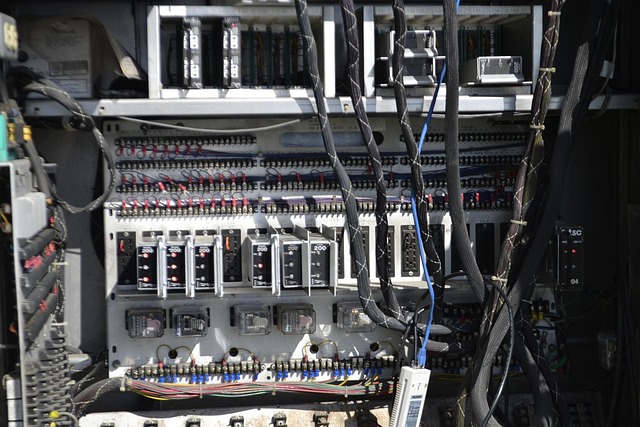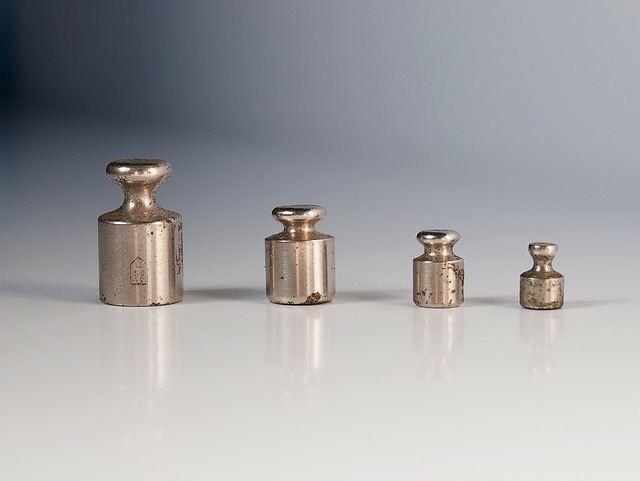In the ever-evolving landscape of technology, pulse sensor technology is making waves, particularly in the realms of Virtual Reality (VR) and Augmented Reality (AR). As we venture deeper into the Metaverse, a vast digital universe brimming with possibilities, the integration of pulse sensors is transforming the way we interact, experience, and connect within these virtual environments.
Imagine strapping on a VR headset and being instantly transported to a mesmerizing world where your heart rate not only influences your gaming experience but also integrates seamlessly into your interactions with other avatars. Pulse sensors, by monitoring and relaying your physiological responses, allow the Metaverse to become more immersive and responsive. When you feel excitement as you’re about to conquer a challenging level in a VR game, the pulse sensor detects your elevated heart rate and triggers specific in-game events that reflect this emotional state. This new layer of interactivity promises to create experiences that are not just visually stunning but also deeply engaging.
Similarly, in the world of AR, pulse sensors open the door to untapped creative potential. Consider a scenario where an architectural visualization app superimposes designs onto the real world. As your heartbeat quickens with enthusiasm at seeing a beautifully rendered structure, the pulse sensor could adapt the digital model in real-time, enhancing the design based on your emotional response. This adaptive technology can lead to more personalized and compelling experiences, aligning with user emotions in ways that previously seemed unattainable.
The implications of pulse sensor technology extend beyond mere gaming and entertainment. In educational settings, educators can employ VR simulations that react to student engagement levels. For instance, if a student’s heart rate increases—indicating excitement or anxiety—the VR experience might transition to a calming scenario designed to help them refocus. In this way, pulse sensors can facilitate learning through emotional intelligence, creating an environment where the Metaverse is not just a tool for learning but a living entity that adapts to its users’ needs.
Furthermore, the healthcare industry stands to benefit immensely from this pioneering technology. Imagine a VR rehabilitation program that utilizes pulse sensors to track a patient’s biological responses during physical therapy. The data can guide therapists in tailoring individualized exercises, monitor progress in real-time, and adjust the intensity based on the patient’s immediate comfort levels. It’s a game-changer in creating supportive environments that can greatly enhance recovery.
As we forge ahead into this cybernetic journey, the fusion of pulse sensor technology with VR and AR paves the way for a more connected and empathetic world. Every pulse captured tells a story, contributing to the digital tapestry of the Metaverse where human emotions and interactions reign supreme. In this future, our experience of reality—be it virtual or augmented—becomes a more rich and nuanced exploration of what it means to be human in an increasingly digital age. The pulse sensor doesn’t just track health; it encapsulates our experiences, offering new ways to engage, interact, and thrive in the ever-expanding Metaverse.




